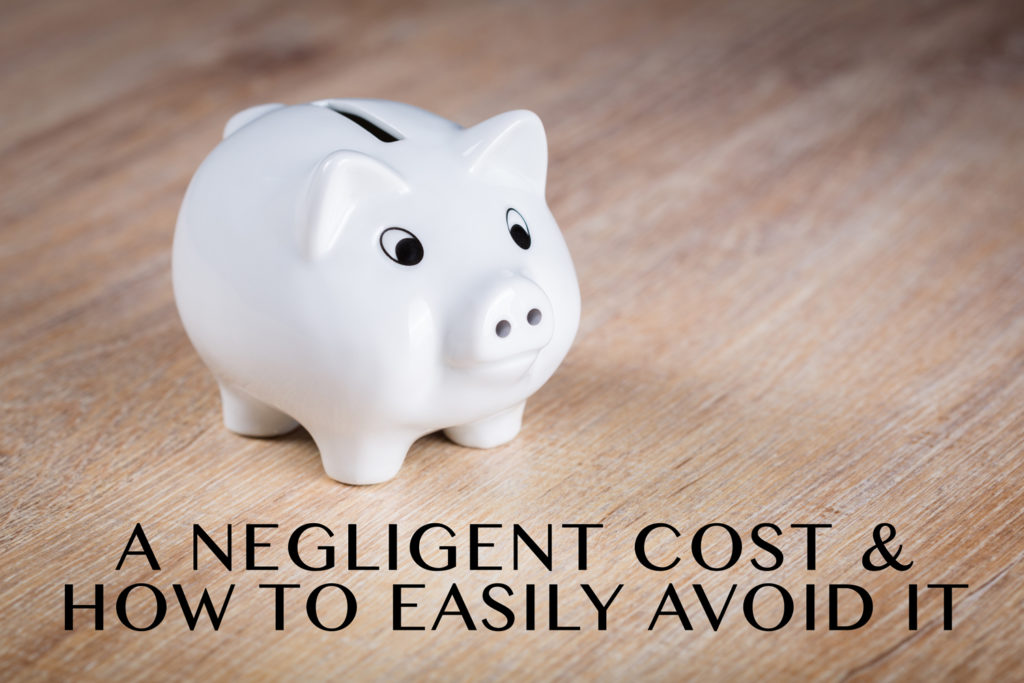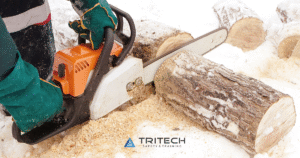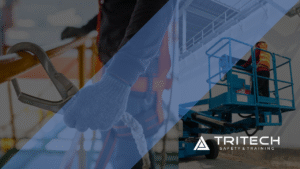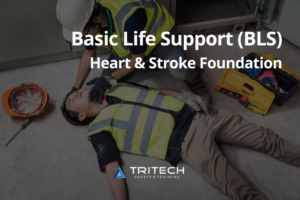Falls are among the most common causes of serious injuries and death in the workplace. In fact, in construction, falls take the top spot for accidents. And a lack of fall protection is the most common fine implemented by the Ministry of Labour and the Occupational Health and Safety Code.
Now, you might be thinking, “My employees are careful, and we’re safe.” Unless you follow the guidelines and legislation laid out by the Canadian Centre for Occupational Health and Safety (OH&S), you could still be at risk. Not only do falls present dangers to your workers, but negligence can cost you a pretty penny in the long and short term.
The Cost of Fall Protection Negligence
So, how much can fall protection negligence cost you? That really depends on how negligent you’ve been. In fines paid to the Occupational Health and Safety Act, you could owe as much as $40,000 much like a recent roofing company.
According to a blog on the OH&S website, a Ministry of Labour (MOL) inspector reviewed the roofing company because of a site complaint. When he arrived, he observed workers on the roof without fall protection, hard hats, or safety boots. Worse yet, the company’s workers “fled the worksite” during the investigation and the company failed to respond to the inspector’s correspondence.
All of this resulted in:
- A $15,000 fine for obstruction
- A $25,000 fine for lack of fall protection
- A $2,500 fine for lack of hard hats
- A $2,500 fine for lack of protective footwear
It’s not just the fines that you have to worry about if you’re negligent with your fall protection system. Back in 2008, a Best Buy employee successfully sued for $1.2 million after his safety belt/harness failed him. And when an employee of J.R. Contracting slipped off a roof, the company ended up owing $75,000, and the worksite supervisor spent 45-days in prison for his part in the accident.
Companies aren’t the only ones at risk. Workers can be fired if they don’t follow proper fall protection procedures. This happened at the Iron Ore Company of Canada, where an employee was on the roof of the warehouse without the proper equipment. After an investigation, it was concluded that the employee’s actions had a potential for significant injury or death, and so the company’s zero tolerance policy ended up with him being terminated from his position.
Protecting Yourself from Fall Protection Negligence
There is good news; you don’t have to worry about getting sued, going to jail, paying fines, or losing your job if your business is properly prepared. While falls are one of the most common causes of injury and death, they’re also one of the easiest to protect against.
Section 11 in the OH&S regulations covers fall protection and states that all elevated surfaces must be strong enough to carry the weight of all workers on it and that a fall protection system must be used when work is being done at a height of greater than three meters (10 feet).
So, what does that mean? What is your responsibility as an employer and employee?
Fall Protection Equipment
A fall protection system and equipment are required for all employees who work at a height of greater than three meters. This system/equipment covers a few different aspects:
Guardrails: For platforms, raised floors, open-sided floors, mezzanines, galleries, balconies, ramps, walkways, or runways at a height of three meters or greater, guardrails must be provided.
These guardrails should follow the requirements outlined in Part 4, which include:
- A top rail 102 cm to 112 cm above the work surface,
- A protective barrier on all sides open to the air
Fall Restraint Systems: Fall restraint systems can include a variety of equipment. Some of the most common pieces of equipment include ropes, full body harnesses, descent devices, energy absorbers and lanyards, anchors, and more. All components of the fall restraint system must be used in accordance with an applicable CSA of ANSI standard in effect and must be sufficient to support a fall. The system should also consist of compatible and suitable components.
Fall Protection Plan
The second step for your company to avoid litigation based on falls is to create a Fall Protection Plan. This plan should be created by the company and posted in the workplace before work with the risk of falling begins. An effective fall protection plan should have six components as outlined by Canadian OH&S laws.
Those components are as follows:
- Fall hazards at the workplace
- Fall protection systems to be used
- Anchors to be used (must be able to handle at least 3.5 kN [800 lbs] or four times the weight of the worker)
- Confirmation of clearance distances below the work area
- Procedures to assemble, maintain, inspect, use, and dissemble fall protection systems
- Rescue procedures
Fall Protection Training
Finally, the most important thing you can do for your company and your employees is to go through a comprehensive training course, such as the one TriTech Safety & Training offers: Energy Safety Canada & Fall Protection Group Fall Protection Training
This course covers everything from equipment and techniques to maintaining a proactive approach to ensure safety in high places. After attending the course, all workers should understand falling hazards as well as fall protection procedures and regulations. Students are also taught how to perform equipment inspections and how to evaluate hazards. Upon completion, workers receive their certification from The Fall Protection Group, which lasts for three years.
The reality is that falls don’t have to be a risk to your business. With a few simple techniques, the right equipment, and proper training you can mitigate fall hazards in your place of business and protect yourself from litigation. Call TriTech to find out how we can help.
TriTech Safety & Training Inc, located in Grande Prairie is in the best position to keep you up-to-date with the essential and important industry practices for preventing avoidable accidents. For more information go to https://tritechsafety.ca/courses.





